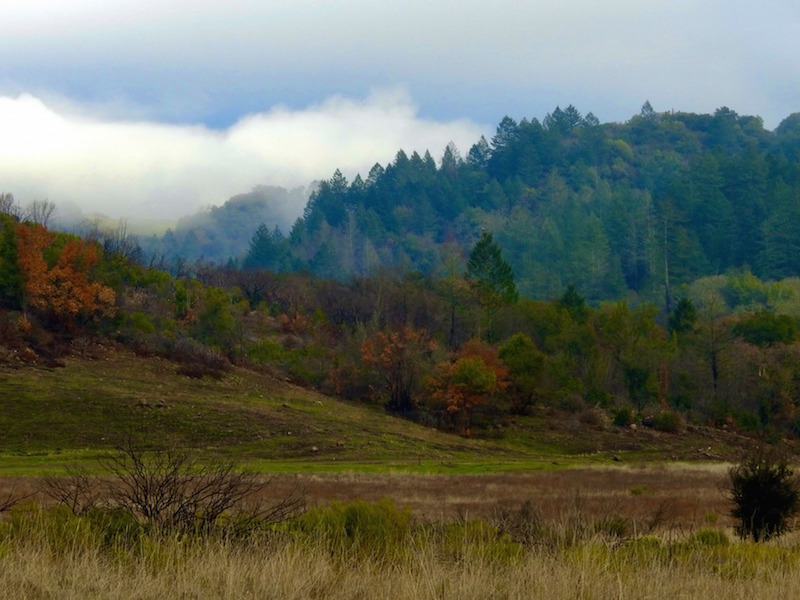When it comes to high temps and low rainfall, new records are constantly being set—and the current rainy season is following that trend. So far our Valley has received less than five inches of rainfall, a fraction of what’s needed, resulting in low streamflow, depleted reservoirs, weakening of the food web, and even off-season fire danger.
Besides drying out the land, our warming climate is drying the air itself, leading to a “thirstier” atmosphere which means, as one climate scientist put it, “the same amount of precipitation leaves less water for plants, streams, reservoirs, and aquifers” because water is evaporating away instead.
Such conditions are not only dangerous for local wildlife and habitat, but for people too. On an individual level, we can decrease water needs by, among other things, lowering household use, planting drought-tolerant landscaping, installing rainwater catchment systems, and—playing the longer game—by voting for climate champions and pressuring them to make the large-scale changes needed.
There are still chances for more rain this season. According to NWS forecasts, the strong, dry winds that started off this week could give way to rain by the end of the week, and perhaps some serious rainfall by early next week which—it is hoped—could last into February. Whether a short-term reprieve is coming, the long-term trend is clear, and it is up to us to prepare for, adapt to, and do all we can to curb, a changing climate.

